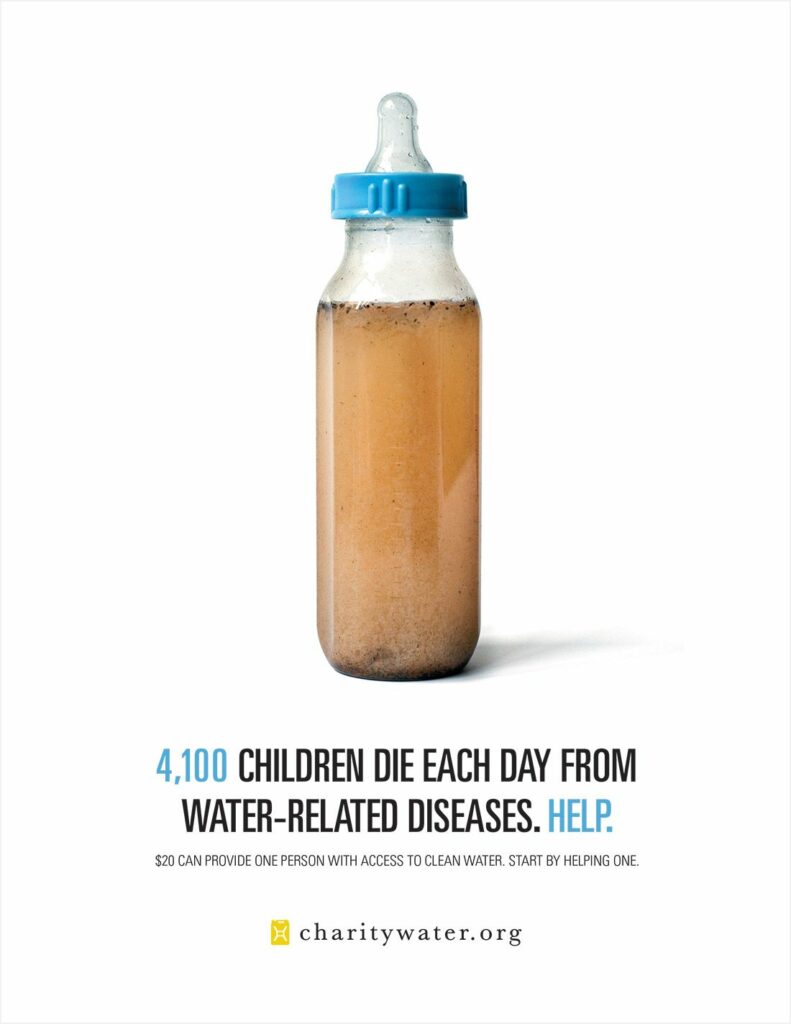When it comes to emotion in advertising many people tend to think that this is all about making an unspectacular product more interesting or trying to sell a certain feeling connected to a product. But on a scientific level, it is more complex, than most people are aware of. In a world of globalized mass production, consumer decisions are more and more based on various criteria. Measuring emotional design and how it creates awareness for a certain topic is much harder to capture.
When we think of emotions in advertising, we mostly associate good feelings and moods. But emotions in design are not always positive. The strongest emotions humans can detect are negative feelings like disgust, anger, fear, or sadness. If this information is not helpful to advertise a brand’s product it can help to raise awareness for issues like climate change, poverty, gender equality, or health issues. Most advertisers are following this approach because the institute of practitioners in advertising found out that when an ad is successful on an emotional level it is likely to double results on sales. Furthermore, depending on the topic, it can also lead to a wide discourse on social, environmental, or ethical problems and create awareness. The specific use of emotions in ads is also studied by scientific researchers. Ads based on emotions can lead to a more deeper and durable indentation on the memory center of the brain. For this research, marketers are using methods like facial coding, implicit response testing, eye tracking, and MRI.




www.contently.com/2016/04/14/dangerous-power-emotional-advertising/
www.designwissen.net/voll-im-trend-emotionen-und-emotional-design/